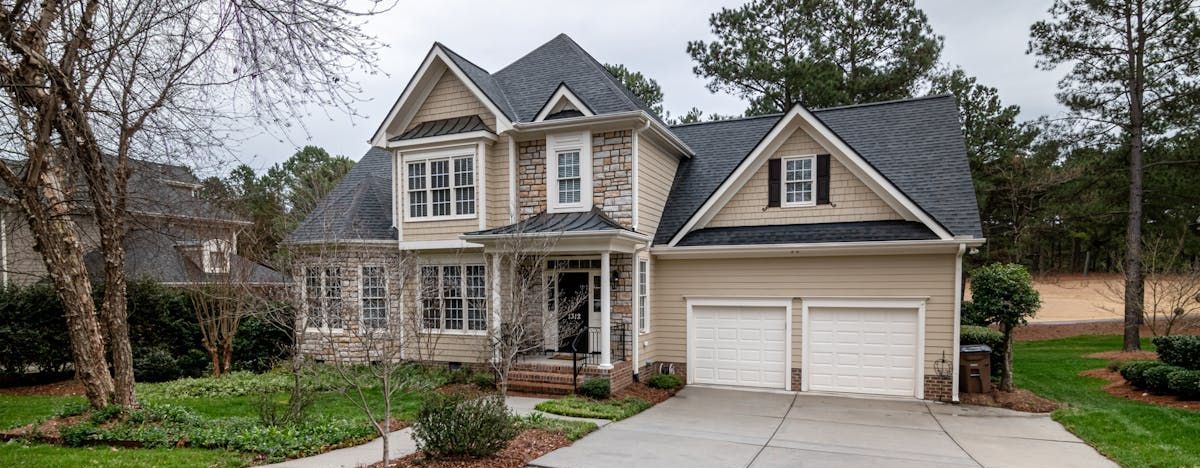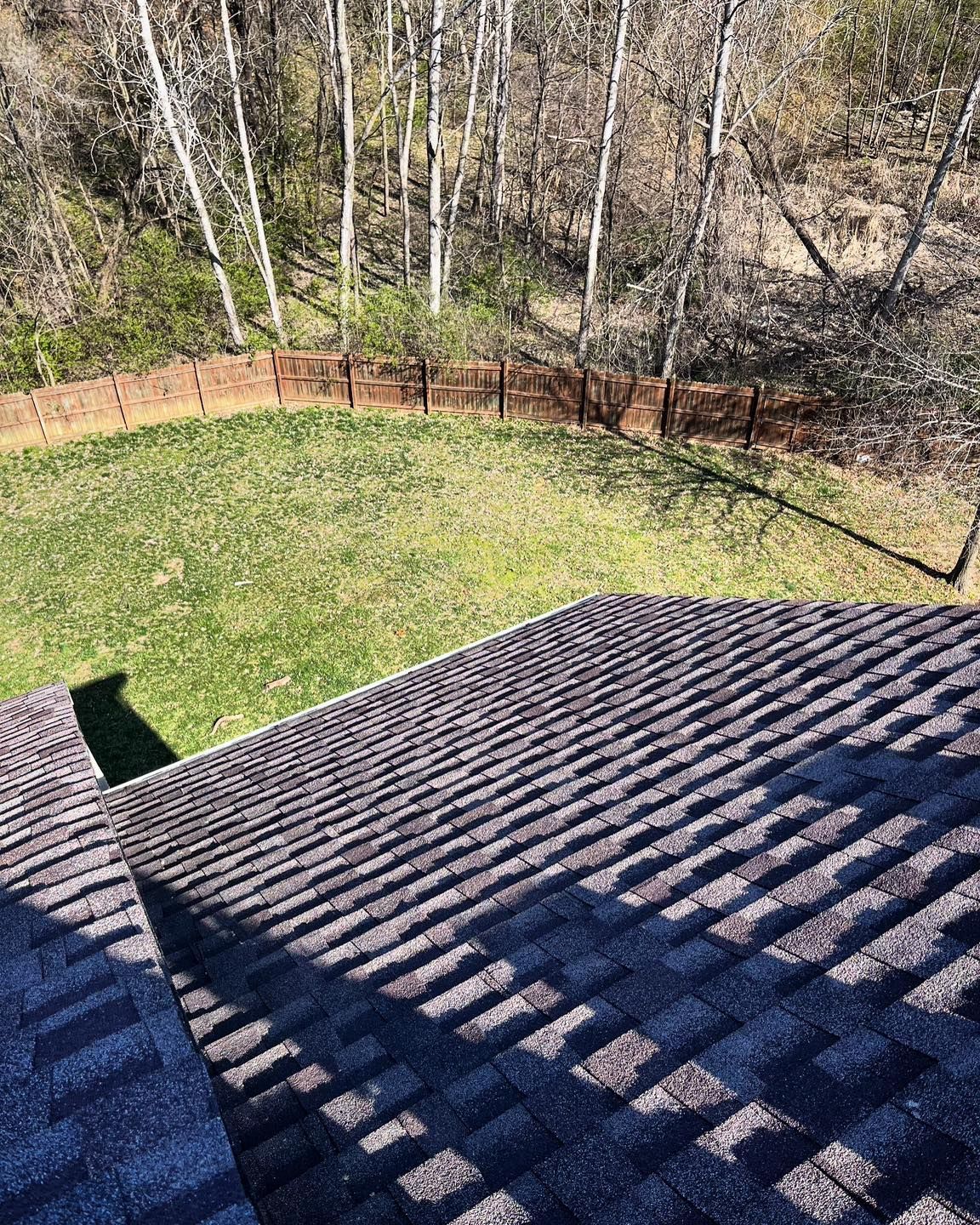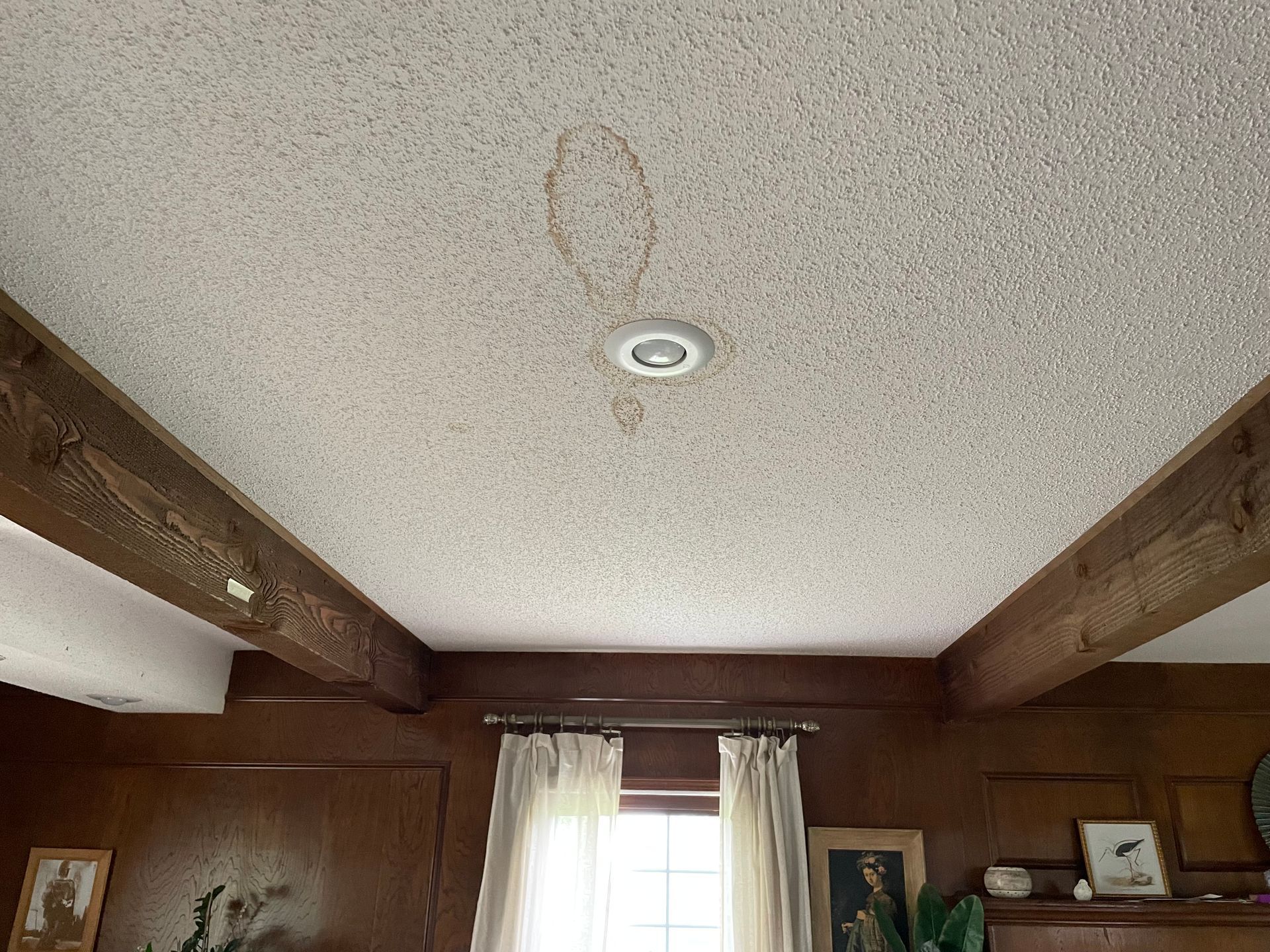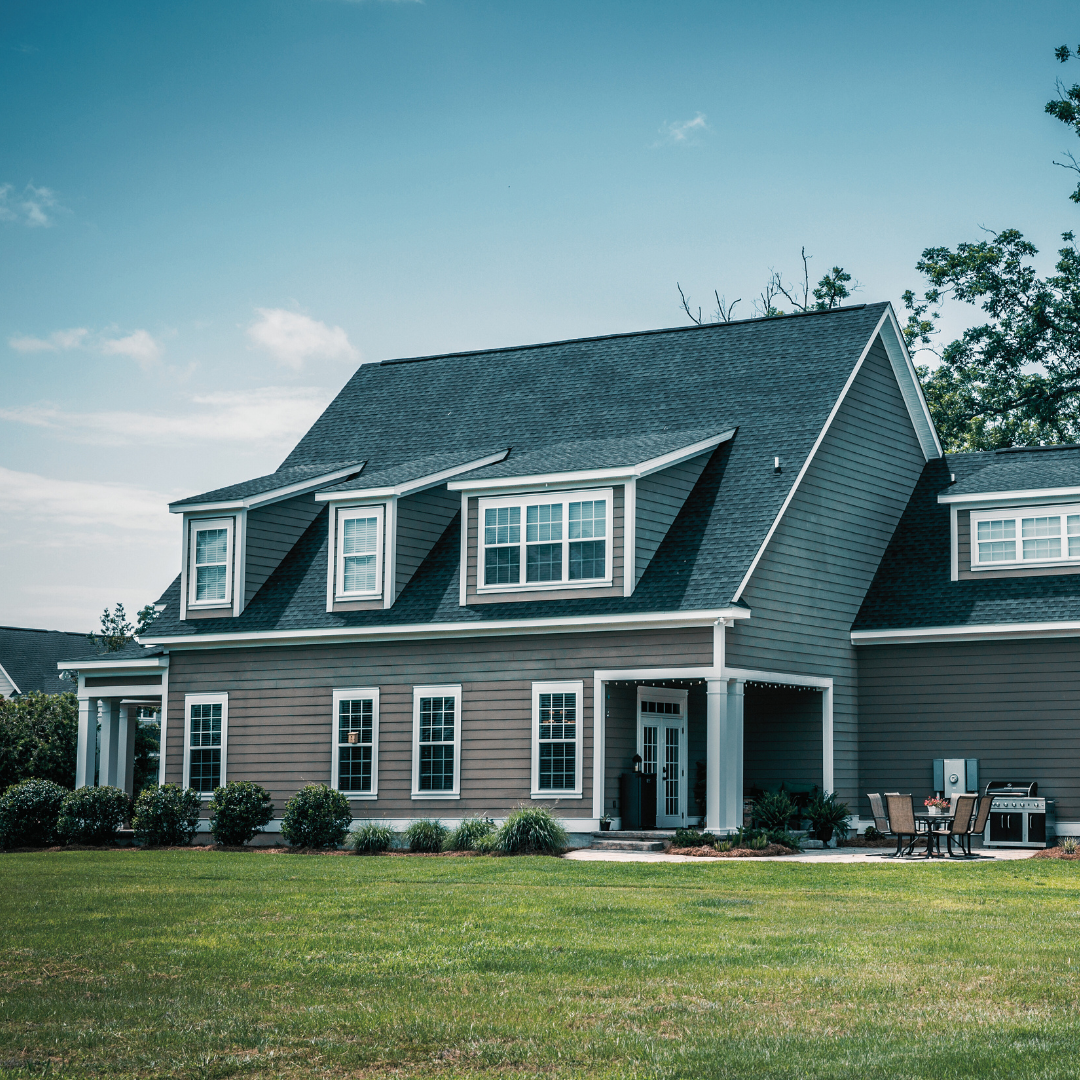How To File A Claim For My House
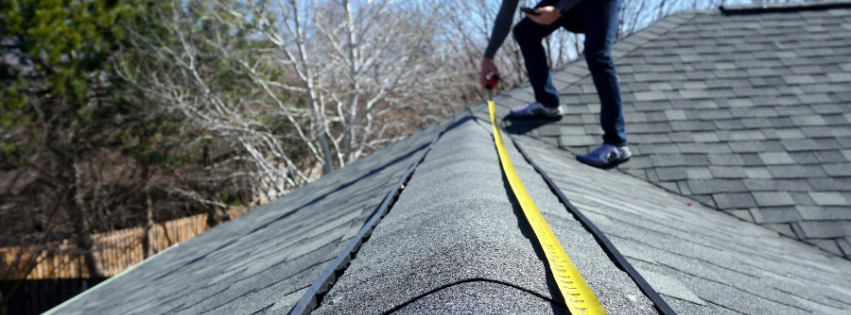
You may think that all roofers are the same, but they aren’t. And no one knows this better than insurance claims adjusters. That’s why working with a roofing company that has over 18,000 hours logged working on the inside of insurance can give homeowners a leg up on their roofing or exterior project in Kansas City.
When it comes to approving a roofing or siding insurance claim we know what damage your adjuster looks for.
Here are some things that adjusters are looking for when it comes to an insurance claim approval or denial:
1. Weather Events
There are several reasons that a roof might need replacing but when it comes to insurance claims wind and hail are the main perils that could potentially be covered by your insurance policy. If you filed a claim for wind or hail damage, your adjuster will verify that the weather event occurred before they speak with you. They will know the size of the hail and the wind speeds in your area on the date of loss and will use that information to help guide them in their coverage decision.
2. Physical Damage
Just because you had a weather event at your home does not necessarily mean your home sustained damage that would warrant a roof or siding replacement. Your adjuster will look for any physical damage to your roof or siding, figure out what caused the damage, and compare that to your policy. If it's covered your adjuster will determine if a full replacement is warranted or if repairs will get you back to a pre-loss condition. Insurance carriers have different thresholds when it comes to what warrants a replacement, so you and your contractor need to be able to communicate effectively with your insurance carrier to understand what is needed. Our history in the insurance industry has given us a unique ability to speak intelligently with both the homeowner and the insurance carrier.
3. Collateral Damge
Before your adjuster steps foot on your roof they will likely walk around the property and look for other damage to your property that the weather event could have caused. Do you have some new dings on your garage doors or windows? Do you see some marks on your wood fence that were not there before? Those are the types of things your adjuster will look for and that collateral damage helps tell the story that you did have a weather event that caused damage to your property. This information and evidence make it easier for them to agree that a roof replacement is warranted when they can find other damage caused by the same peril on your property.
4. The Claims Process
Filing a claim as a homeowner can be a stressful process because it is not something the average homeowner has much experience in. You likely have a lot of questions on how it will work and what the process is. The good news is that most carriers follow a similar claims process which we will describe here.
Step 1: You file your claim (either with your agent, by phone, or online portal) where you will give the facts of loss or more simply stated; what happened and when.
Step 2: Your assigned adjuster will make an initial contact with you to confirm the facts of loss, review information specific to your policy (deductible, policy limits, how your policy pays) and set a time for an inspection if necessary.
Step 3: Your adjuster will begin their investigation . Before they inspect your property they will begin to research what could have happened to cause your damage. The most frequent cause is weather related so they will look for weather events in your area on the date of loss that could have contributed to the loss. They will also review any prior claims you might have had to determine if that would affect your current claim.
During the inspection, they will physically examine the property to look for damage that would have been created from the event that you described in your facts of loss. If they find damage they will review your policy for coverage and if coverage applies they will create an estimate based on the damage they found and explain the settlement to you.
Step 4: If you have not already contacted a contractor you will need to find one to help with the restoration of your home. Your contractor will review the damage and create an estimate for what needs to be done to bring your home back to its pre-loss condition. Many times your contractor and adjuster will agree on what needs to be done and you will simply be able to move forward with the repairs. However in the event your contractor feels that more is needed to restore the property then they will submit their estimate to the adjuster for them to consider making revisions. If your adjuster agrees with the requests they will update their estimate and send it to you but if they don't agree(or your policy doesn't cover the requested revisions) you and your contractor can move forward with your project how you see fit.
Step 5: After the work has been completed you or your contractor can submit the final invoice to the insurance carrier. If there are additional funds to be sent, your adjuster will confirm with you that the work was completed and review the final payment amount. When you receive the funds you will settle the invoice with the contractor and be able to relax knowing your home was taken care of.
You might be asking how long this whole process takes. Unfortunately, there is not a simple answer to that. There are a lot of factors that can affect the life of the claim. The insurance carriers claim volume, the availability of contractors or materials; and the list goes on. Some elements that extend the claim can not be controlled but the best way to make sure your claim moves forward is to make sure you and your contractor are effective communicators with your insurance carrier.
For a contractor that means providing concise and complete information to your adjuster that makes it easy for them to make a decision. At Ranger Roofing and Exteriors we understand that adjusters need facts and support to make decisions and adjusters can't make changes to estimates just because a contractor said it was necessary. Submitting a request without supporting documentation causes further unnecessary delays by forcing the adjuster to call for clarification or track down additional details for the request. A contractor must also keep their customers in the loop on what is happening with their claim. If the contractor has a conversation with the adjuster they should update the homeowner as well. Everyone should be on the same page.
Claim Denials: Sometimes the adjuster can't find what they need to find to cover the claim.
Was there no damage? Does your policy not cover it? The reasons for a denial could go on forever. If your adjuster was not able to find covered damage that does not mean there is no damage. It simply means there is no damage that your policy would be able to cover.
Your adjuster might agree that, yes, this roof does need to be replaced or yes, all of your siding needs replaced however your insurance policy does not cover all forms of damage.
Wear and tear is the main cause when it comes to damage that is not covered by insurance. Remember your insurance policy is there to cover you against sudden accidental events and not long-term damage. Your adjuster would much rather pay for your claim than have a potentially difficult conversation with a homeowner about why their claim is not covered. Adjusters DO NOT receive bonuses or incentives for claim denials. In reality, they get more accolades and recognition when their customers are happy so rest assured that if they can cover it they will.
Claims Payments: When it comes to receiving payment for your claim it can be a confusing process. How much do I get and when do I get it are the main questions. Again, as with most things insurance-related, it can be a complicated process. Everything depends on how your policy pays and the coverage you have selected. There are typically two ways of making payment; a single payment or multiple payments.
Depending on your policy conditions you might receive an initial payment that is equal to the depreciated value of your damaged property less your deductible. This is referred to as the Actual Cash Value (ACV) . For example, if your 20-year-old roof is being replaced your policy might dictate that the first payment to you will be based on the actual cash value of the damaged property. So your adjuster will write an estimate to replace the roof or the Replacement Cost Value (RCV) but only pay you the value of a 20-year-old roof as the first payment.
Formula To Calculate Payment
RCV - Depreciation = ACV
ACV- Deductible = Initial Payment
When the work is completed and upon receipt of the final invoice the adjuster will then release the remaining funds to you.
If your deductible exceeds the amount of the ACV then the insurance carrier would not have an initial payment to make as the claim payments would not have exceeded your deductible yet.
If your policy conditions allow for only an ACV payment then any depreciation that is held back would not be payable to you.
Deductibles: A deductible is the amount of the loss you are willing to share with the insurance company. Deductibles exist to help prevent fraudulent claims or an excessive number of claims being filed by customers. You can find your deductible listed on your declarations page when your policy was sent to you.
A property insurance deductible is not the same as a health insurance deductible . With your property insurance, the deductible applies on a "per occurrence" basis meaning anytime you file a claim your full deductible will be applied subject to your policy conditions.
You don't pay your deductible to the insurance carrier. They simply estimate your total loss and subtract your deductible amount from the settlement. You will pay your deductible to your contractor as a cost of the repair.
Conclusion:
The claims process can seem complicated and overwhelming. During an already stressful time, it is important to work with a contractor who truly understands the claims process and how to work with an insurance carrier. When you choose to work with Ranger Roofing and Exteriors you can be sure you have an industry expert in your corner until your home is your home again.
5-Star Customer Experience
Hear From Your Neighbors
"I used Ranger Roofing to replace my parents roof and I can't say enough good about the work they did. Chris Music (the owner) helped us work through different issues we had with our Insurance company and stayed in contact with us every step of the way. The hard working crew did a wonderful job installing the roof and cleaning up after the job was finished. I highly recommend this company it was a pleasure working with them!"
J Quick
"Chris and his workers are trustworthy and wonderful!! They did an excellent job on replacing the shingles on our roof & did it quickly. He helped us work it through with our insurance company because he also worked at one for years. I HIGHLY recommend Ranger Roofing!"
Judy Senne
"Ranger Roofing has been excellent to work with !! Chris has always followed up and made sure the job was done right the first time. I will definitely use Chris and the Ranger Roofing crew again for all my roofing work."
Glenn Olson
"Ranger Roofing was a great company to work with. Their communication was professional and immediate. Chris came out and did a throurough inspection along with a very competitive quote. He was flexible with our scheduling and I am very happy with the final results."
Troy Reade
"I found this company, and the people, to be friendly, professional, dependable and easy to work with. They explained what they would do, consulted along the way, gave me good information and explanations about the plan and the process. I am very happy with the job they did."
Penelope Milton Timmons
"Chris did a great job, and he’s a very nice family man. We are very pleased with his work."
Vic Caruso
Get Expert Answers for Your Kansas City Roofing Needs!
